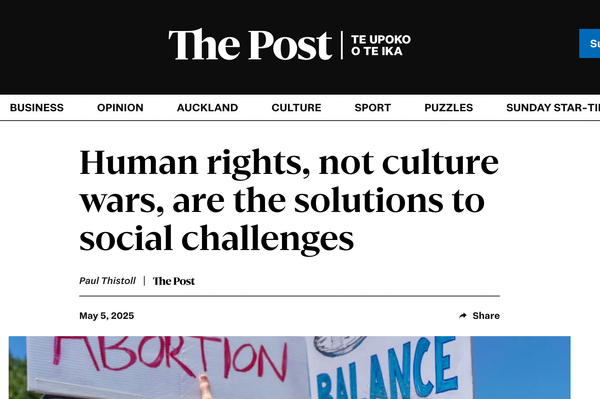Hogwood’s Messiah: A Revolution in Authenticity
Christopher Hogwood remains a prominent figure in the world of historically informed performance practice, and his interpretation of Handel’s Messiah—specifically the Foundling Hospital Version—stands as a transformative moment for the work. This recording goes beyond simply playing the notes; it offers an experience that reshapes how we understand this pivotal piece of Western music.
When attending a concert or listening to a recording, the goal is always the same: to be drawn in by a performance that feels fresh, bold, and internally consistent—one that makes us feel as though we are hearing the piece anew. The overall interpretation may get it wrong in retrospect, but in the moment, it must be convincing.
Hogwood’s Messiah achieves this perfectly. His approach removes the layers of Victorian embellishments and orchestral excess that had built up over centuries, allowing Handel’s original intentions to emerge with remarkable clarity. At the same time, Hogwood manages to bring a modern sensibility that makes the work feel dynamic and new.
The Foundling Hospital Version, composed for charity performances in London in the 1750s, represents Handel’s final thoughts on Messiah, with revisions made to suit specific performers and acoustics. Hogwood’s decision to record this version demonstrates his scholarly dedication—not just to performing Messiah, but to presenting it as Handel himself conceived it at the end of his life.
What makes Hogwood’s interpretation truly revolutionary is his commitment to period instruments and historically informed techniques. The Academy of Ancient Music, under his direction, creates a sound that initially surprised listeners accustomed to the larger forces of the 19th and 20th centuries. The lean, transparent textures reveal counterpoint and details that were often lost beneath the weight of Romantic excess. The crisp articulation of the string section exposes Handel’s compositional structure in an entirely new light.
Perhaps most striking is Hogwood’s handling of the chorus. Rather than the sea of voices typically associated with Messiah performances, he uses a smaller, more agile ensemble, allowing individual lines to stand out clearly. Movements like “For Unto Us a Child Is Born” transform from sheer sonic force to an intricate exchange of vocal parts, where every entrance has significance.
The soloists in Hogwood’s recording also deserve special attention. Their approach to ornamentation is much lighter and more nimble, in line with baroque practices rather than the operatic style often used in later performances. In “Rejoice Greatly,” the focus is not on vocal pyrotechnics but on expressing the true joy of the message. It is hard to
Hogwood’s tempi throughout the work feel natural and invigorating. The dance-like quality of many movements comes to the fore, reminding us that baroque music is intrinsically linked to movement and physicality.
Ultimately, what distinguishes this recording is its perfect balance of scholarly fidelity and emotional resonance. By removing the layers of performance tradition that had accumulated over the centuries, Hogwood does not give us a historical curiosity but a vibrant, living interpretation of the work. His Messiah feels as though it has been created just for this moment—bold, fresh, and full of dramatic intensity.
Listening to Hogwood’s Messiah is a rare pleasure: the sensation of encountering a familiar masterpiece as though for the first time. It’s a kind of performance that we hope for when we commit ourselves to experiencing great music.
